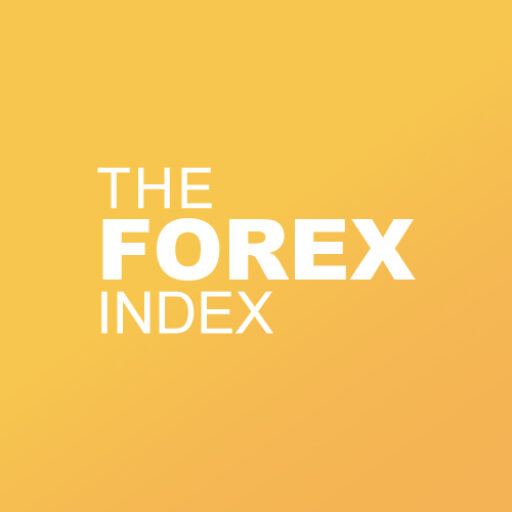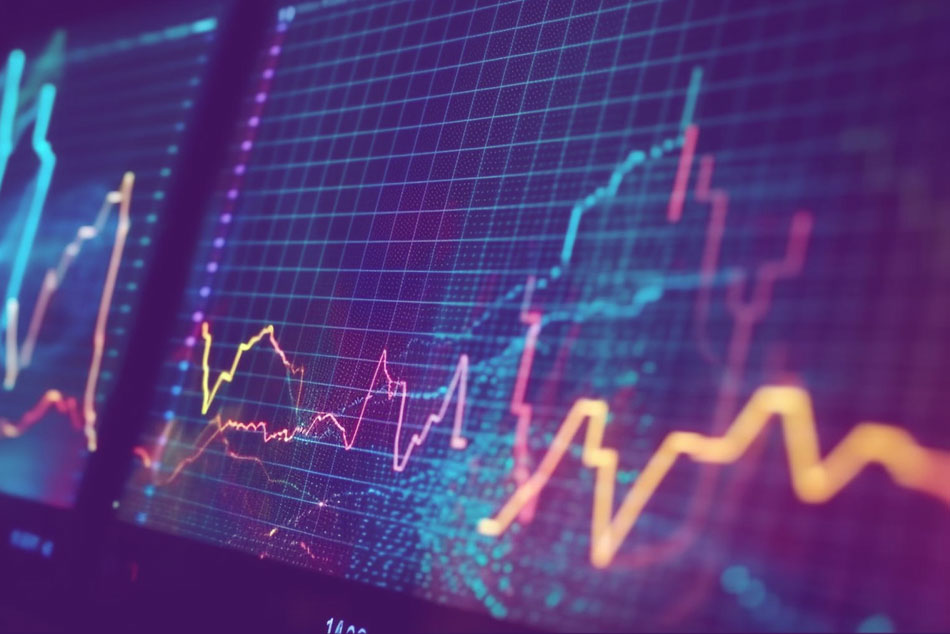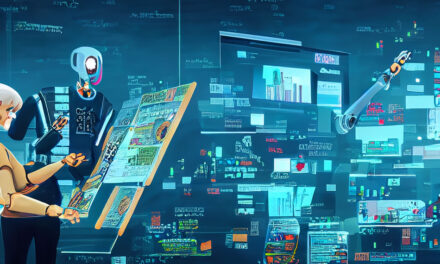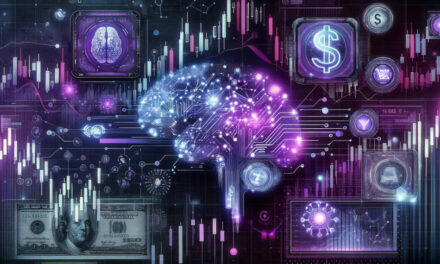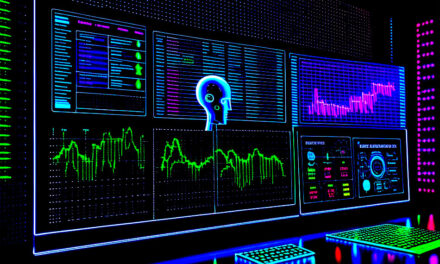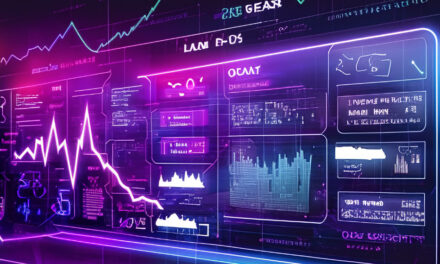Artificial Intelligence (AI) has made its mark in every sphere of life, and the financial world is no exception. The implementation of AI in forex trading has truly revolutionized the dynamics of the industry, enabling traders to make better-informed decisions while minimizing risks. AI’s capabilities to process vast amounts of data at lightning-fast speed are instrumental in making forex trading more efficient and rewarding.
In this comprehensive guide, we delve deep into the transformative role of AI in forex trading. By highlighting its various functions and applications, we aim to provide you with actionable insights that will help you leverage AI for forex trading.
AI and Predictive Analytics in Forex Trading
Predictive analytics forms the backbone of the forex market, with traders constantly striving to anticipate market movements accurately. Traditionally, this process involved manual analysis of historical data – a tedious and time-consuming task. However, the advent of AI has brought about a sea change in the way predictive analytics operates.
AI algorithms, particularly machine learning, are designed to analyze vast amounts of historical data quickly. They can identify patterns and predict future market trends, which is incredibly beneficial in the fast-paced world of forex trading. Traders can use these insights to make timely decisions and maximize their trading returns.
Take, for example, EUR/USD – one of the most traded currency pairs. AI can analyze past price movements, macroeconomic indicators, and even market sentiment to predict its future value. It’s like having a crystal ball, but one powered by advanced analytics and cutting-edge technology.
AI’s Role in Risk Management
Risk management is a cornerstone of any trading strategy. It’s the delicate balance of knowing when to enter or exit a trade. For forex traders, this becomes even more critical given the market’s inherent volatility. This is where AI can make a huge difference.
AI systems can assess potential risks by analyzing market conditions and historical data. These systems provide traders with a detailed risk assessment, allowing them to adjust their strategies accordingly. For instance, AI could warn traders of potential price drops based on market conditions, enabling them to exit trades at the right time and mitigate losses.
Trading Automation and AI
Trading automation is another key area where AI has made its mark. AI-powered forex trading bots can operate 24/7, analyze market trends, and execute trades based on predefined strategies. They work tirelessly, scanning for trading opportunities even while you sleep.
Consider a scenario where a forex trading bot is set up with a strategy to trade USD/JPY based on specific market indicators. The bot monitors the market continuously, and as soon as the conditions meet the set criteria, it executes the trade – all in a fraction of a second. This allows traders to take advantage of market opportunities that they might have missed otherwise.
Sentiment Analysis through AI
In addition to analyzing numbers, AI also excels at gauging market sentiment. By processing vast amounts of unstructured data from news articles, social media posts, and other online content, AI can assess market sentiment. This sentiment analysis can provide invaluable insights into market trends and movements.
For instance, if AI identifies negative sentiment around the British Pound due to a political event, it can provide traders with a heads up that the Pound may depreciate. Traders can then adjust their strategies accordingly, making sentiment analysis a crucial part of forex trading.
The Impact of AI on Algorithmic Trading
AI has significantly influenced the world of algorithmic trading. Traders can set specific goals such as maximizing returns or minimizing risk, and AI can develop an algorithm based on these goals and historical data.
To put this into perspective, consider a forex trader who aims to maximize returns from the GBP/USD pair. The AI system can analyze historical data, create an algorithm that works best in certain market conditions, and then use this algorithm to execute trades. This allows traders to automate their trading process and optimize their strategies.
AI: A Tool for Reducing Human Error
Human emotions and biases can often lead to poor trading decisions. Fear and greed, in particular, can cause traders to deviate from their trading strategies, resulting in substantial losses. However, AI can help in mitigating these issues.
AI systems are emotionless – they stick to the predefined strategy no matter the market conditions. This ability to adhere to a plan can help traders avoid emotionally driven decisions, thereby improving their overall trading performance.
AI for Real-Time Data Analysis
Forex trading operates on a 24-hour basis, with market conditions changing rapidly. Traders need to respond quickly to these changes, and this is where AI comes into play.
AI systems can analyze real-time market data and respond to market changes in an instant, enabling traders to seize trading opportunities as soon as they arise. Furthermore, the ability of AI to analyze vast amounts of data in real time helps traders keep their finger on the pulse of the market, making it an indispensable tool in forex trading.
Conclusion: Embracing AI in Forex Trading
AI has ushered in a new era in forex trading, enabling traders to make more informed decisions, minimize risks, and maximize profits. However, while the benefits of AI are undeniable, it’s essential to remember that AI systems are not foolproof. They are as good as the data they are trained on, and unexpected market events can lead to inaccurate predictions.
That said, with careful planning and a well-defined trading strategy, AI can be a powerful ally for forex traders. The future of forex trading is intertwined with the advancements in AI, and embracing this technology could be the key to navigating the challenging yet rewarding world of forex trading successfully.
